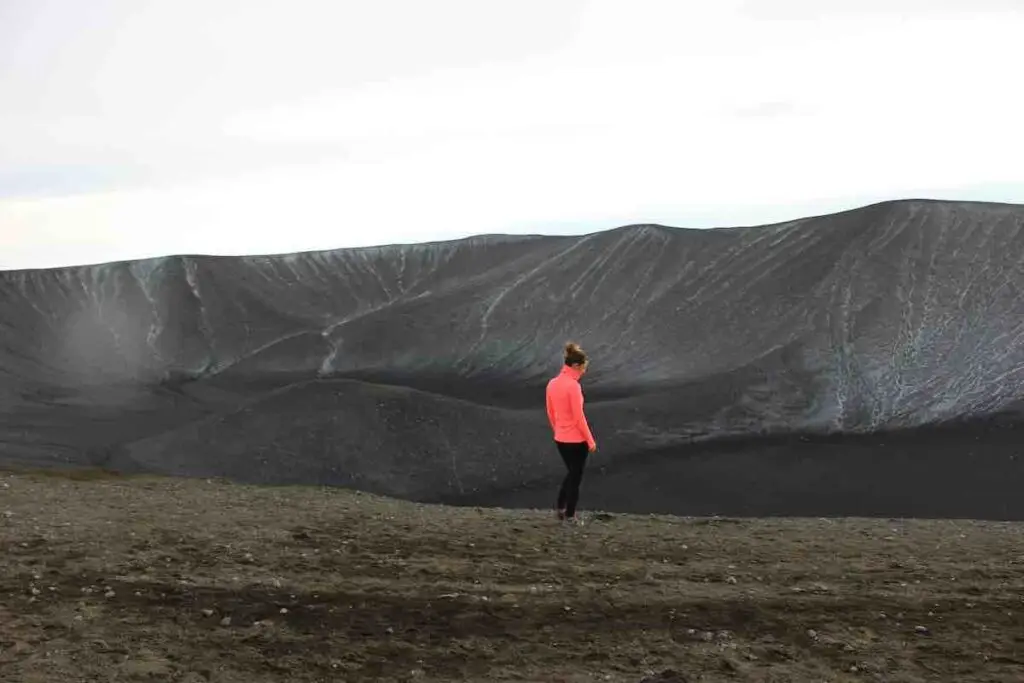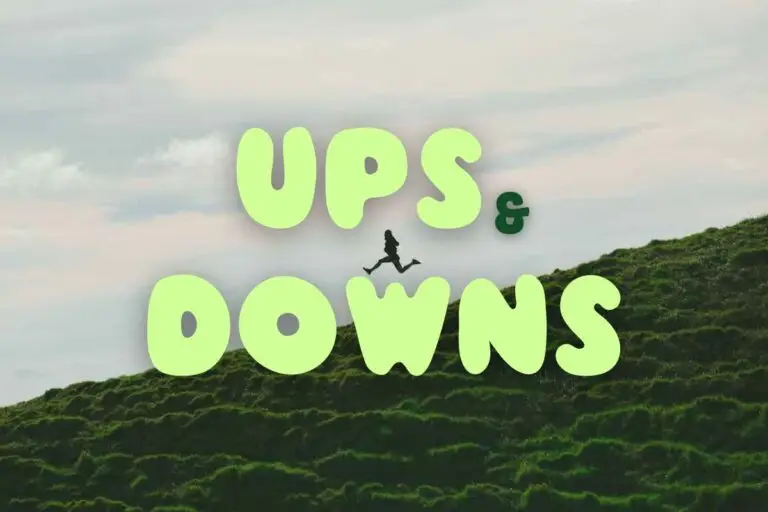Confession time: I’m a former running addict.
That’s a big statement, but daily 10kms and extreme runs at a weekend were my norm. Even when I wasn’t training for a race, my running had simply gotten out of hand.
My running journey started out of humble beginnings, wanting to stay active outdoors, before quickly becoming a habit, an obsession, then an addiction. Running became my life. I know it’s a familiar story in the running community.
As a result, my running had turned into more of a chore than a passion. I’d lost sight of why I fell in love with running in the first place. Overdoing it led to injuries and running burnout too.
Add more joy to your runs 💌
- 1 Challenge p/w
- Run your way
- 100% Free
Joy Runs is the antidote to that running addiction. Slowing down and swapping the pressure to track everything and post run streaks for more soulful runs. Finding joy in the little things along a route. A small but mighty act of self-care. My tiny way of helping other like-minded runners.
This led me to ask: why is running so addictive?
In this article we’ll dive into the social, biological and psychological causes of exercise addiction. However, always wanting to be a positive force, we’ll offer some hope too. Positive ways to reclaim the joy in running and forge a lifelong bond with the sport.
—> Related reading: Our Top Tips for Running Happy
Running for likes: the science behind running addiction
There’s no doubt social media and running apps play a part in behavioural addiction., glamourising and normalising extreme distance running.
While they provide motivation and community support, they can also create unhealthy dependencies and compulsive running behaviours.

Both apps are designed to exploit the brain’s reward system. The likes, leaderboards, badges, and notifications create a dopamine-driven loop that keeps users coming back for more—similar to how gambling or drugs trigger compulsive behaviour.
How running apps can fuel running addiction:
- Obsession with stats: feeling compelled to run daily just to maintain streaks or beat personal records
- Comparison culture: seeing others’ workouts can create pressure to push beyond healthy limits, leading to running burnout
- Fear of losing progress: when missing a day leads to anxiety or guilt, reinforcing compulsive exercise and forgoing rest days
- Overtraining & burnout: running excessively despite injury or exhaustion
It’s important to note running apps are overwhelmingly healthy running companions, it’s just that they also adopt many of the same tactics as social media to keep you hooked.
Say “Hi” to Runner’s high: the brain’s way of rewarding runs
When you run, your body releases endorphins and other neurotransmitters, such as dopamine and serotonin. These chemicals play an essential role in creating the sensation known as “runner’s high.” Endorphins act as natural painkillers, reducing discomfort and allowing you to push through physical barriers over many miles.
Dopamine and serotonin are responsible for regulating mood, enhancing feelings of happiness and wellbeing. As you run more frequently, your brain associates this physiological response with the activity, increasing your desire to run more often.
It’s for these reasons that many studies have found running to be a high-risk sport for addiction development.

Being dedicated to running may appear noble, however there’s a balance to be struck between lofty athletic goals and the risk to personal relationships and injury.
Re-love running: 3 ways to beat running addiction
Tip 1: Go on a digital detox run
Leave your devices at home and run for yourself. I promise you’ll find it liberating.
Running without tech also frees you up to be more present. Free range runs unlock a deeper awareness and appreciation of your surroundings, encouraging you to take the great outdoors in.

You spot the visual and visceral joys of the natural world, such as seasonal colour palettes, bird song, changes in the terrain under foot, playful bursts of light through trees, the joy of reflections and even fun shapes in cloud formations. Senses awakened, you’ll return from rawdogging on a run with a new sense of gratitude.
This is what Joy Runs is all about.
Add more joy to your runs 💌
- 1 Challenge p/w
- Run your way
- 100% Free
Tip 2: Say ‘yes’ to rest and recovery days
To prevent running addiction, maintain a healthy balance in your training routine. Incorporate a variety of physical activities, not just running, to keep your fitness journey enjoyable and well-rounded. It’s also crucial to listen to your body and know when to slow down or take a break.
Some things that help me:
- Set realistic goals for yourself
- Squeeze runs into smaller day parts e.g. lunch breaks
- Know when to turn to recovery runs vs. rest days
- Mix in other forms of exercise like strength training, swimming, or yoga
- Slow running – swapping speed for soulful runs
- Keep a running journal to reflect on your habits and mood
Tip 3: Turn to the pros – hire a coach to avoid running burnout
If you find yourself running through injury or experiencing withdrawal-like symptoms when not running, it’s time to seek professional help.
A certified running or fitness coach can help to create a well-balanced exercise plan beyond just running, with rest days baked-in.
They’ll also well-placed to spot the signs of you overdoing it in the future.
Remember though, running is a wonderful pastime and a gateway to many life-changing benefits. Run for yourself, not just numbers.
Let us know what helps you in the comments below…



